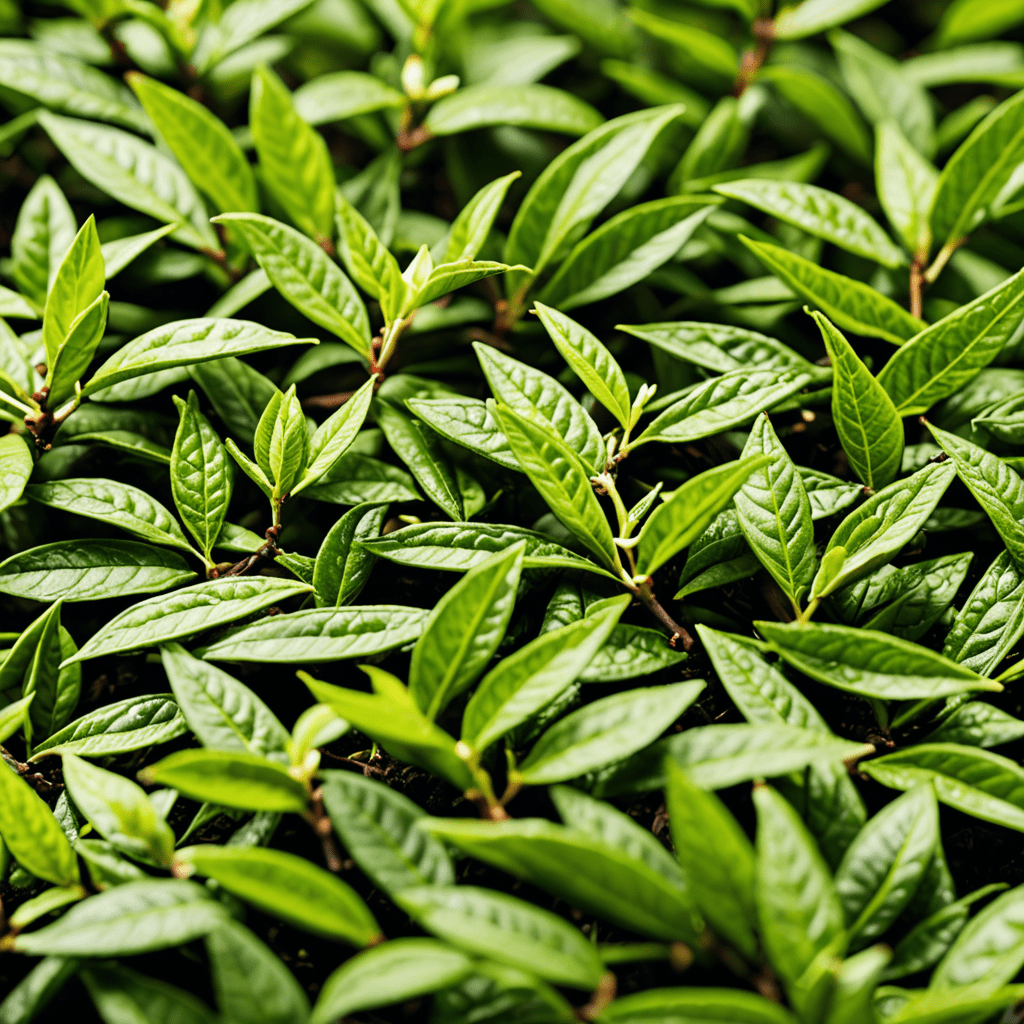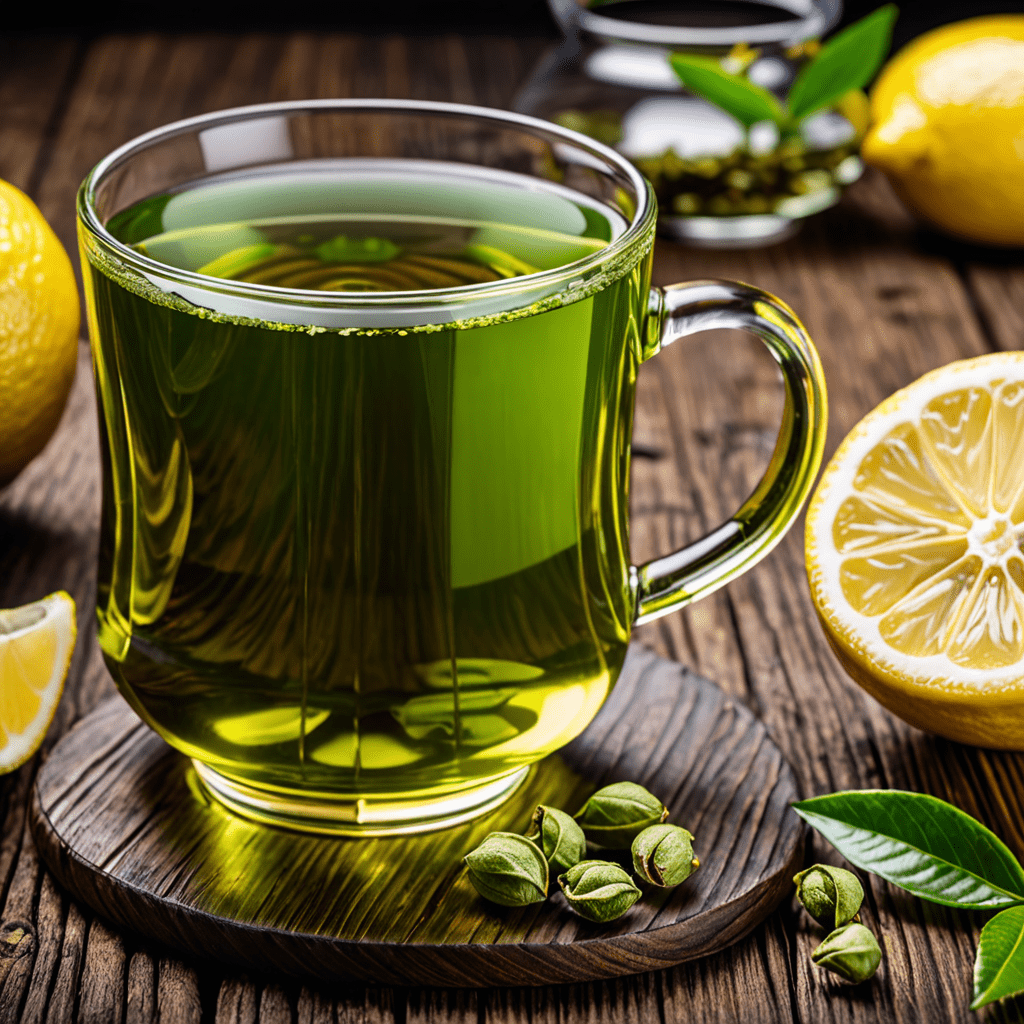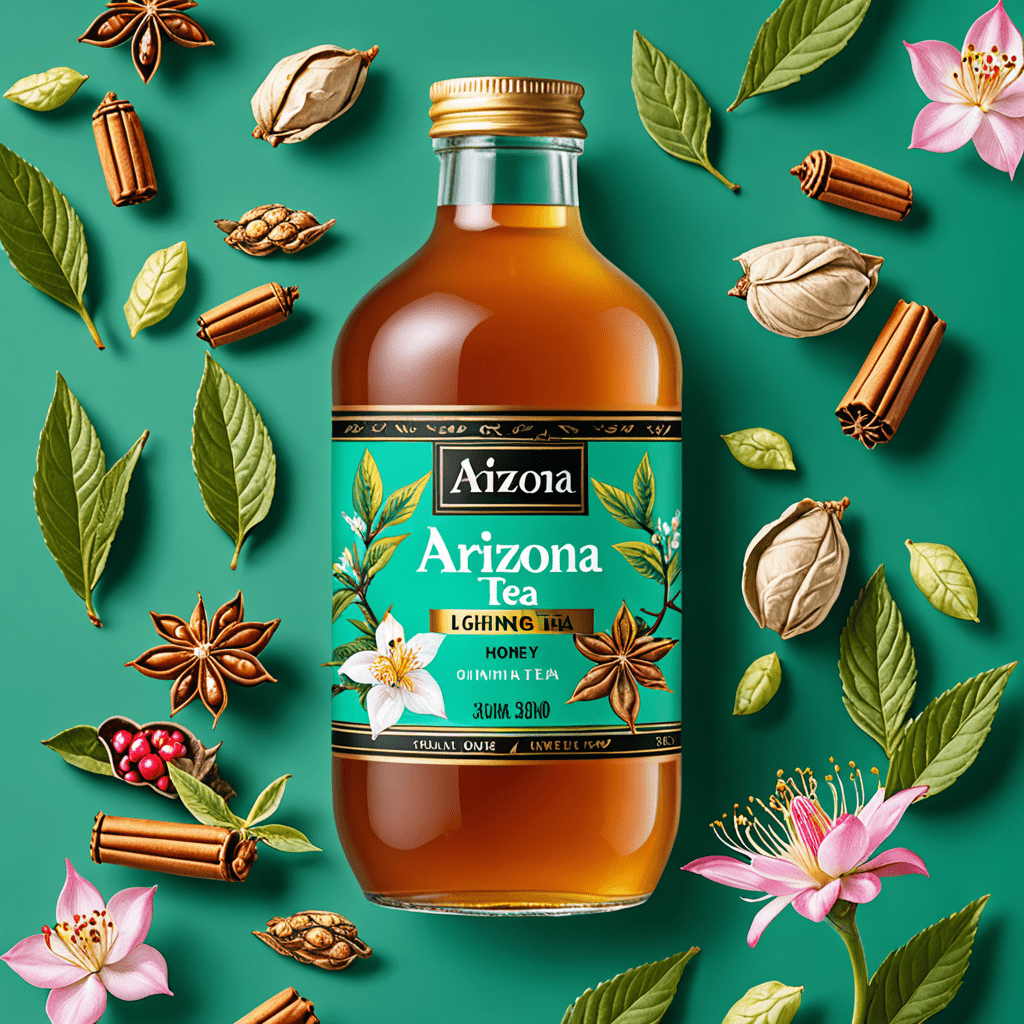
The Ultimate Guide to Green Tea Brands with High Catechin Content
Green tea is well-known for its numerous health benefits, and one of its most important components is catechins. Catechins are a type of flavonoid, which are natural compounds with antioxidant properties. These antioxidants can help protect your body against damage from harmful free radicals, potentially reducing the risk of chronic diseases. If you’re looking to maximize your catechin intake, it’s important to choose a green tea brand that is rich in these beneficial compounds. In this article, we will explore some of the green tea brands with the highest catechin content.
What are Catechins and why are they important?
Catechins are a group of flavonoids found in tea leaves, especially green tea. These compounds are known for their potent antioxidant and anti-inflammatory properties. They have been studied extensively for their potential health benefits, including reducing the risk of cardiovascular diseases, promoting weight loss, and improving brain function. Catechins are also believed to have anticancer properties and may help protect against certain types of cancer. Therefore, consuming green tea rich in catechins can be a great way to support your overall health.
Factors affecting catechin content in green tea
Several factors can impact the catechin content in green tea, including the tea plant variety, growing conditions, processing methods, and storage conditions. Here are some key factors to consider:
1. Tea Plant Variety
Different varieties of tea plants can have varying levels of catechins. The Camellia sinensis plant is the most common variety used to produce green tea, but within this species, there are many cultivars, each with its own characteristics. Some cultivars have been specifically bred to produce higher levels of catechins, so choosing the right variety can make a difference.
2. Growing Conditions
The environment in which tea plants are grown can also influence the catechin content. Factors such as soil composition, altitude, temperature, and sunlight exposure can all impact the chemical composition of the tea leaves. Tea plants grown in favorable conditions may produce leaves with higher catechin levels.
3. Processing Methods
The processing methods used to produce green tea can affect catechin content. Green tea is typically less processed than other types of tea, such as black or oolong tea. The leaves are picked and quickly heat-treated to prevent oxidation. However, different processing techniques, such as steaming or pan-frying, can have varying effects on catechin levels. Steamed green teas, for example, tend to retain higher levels of catechins compared to pan-fried ones.
4. Storage Conditions
How the green tea is stored after processing can also impact its catechin content. Exposure to heat, light, and moisture can cause the breakdown of catechins over time. Therefore, proper storage in a cool and dry environment is crucial to preserving the catechin content of the tea.
Green tea brands with high catechin content
While the exact catechin content can vary depending on the factors mentioned above, certain green tea brands are known for their high catechin levels. Here are a few brands worth exploring:
1. Matcha Green Tea
Matcha is a type of powdered green tea that is made from shade-grown tea leaves. It is known for its vibrant green color and distinct flavor. Matcha is believed to have one of the highest catechin contents among green teas due to its unique cultivation and processing methods. The whole tea leaves are ground into a fine powder, allowing you to consume the entire leaf, thus maximizing your catechin intake.
2. Gyokuro Green Tea
Gyokuro is a shade-grown green tea that is highly valued for its sweet and mellow flavor. The shading process increases the production of amino acids and catechins in the tea leaves. As a result, Gyokuro is known for its high catechin content. Its smooth flavor and rich catechin profile make it a favorite among tea connoisseurs.
3. Sencha Green Tea
Sencha is one of the most popular types of green tea in Japan. It is made by steaming the tea leaves, which helps to preserve their natural color and flavor. The steaming process also helps to retain a significant amount of catechins, making Sencha a good choice for those seeking high catechin content.
4. Dragon Well (Long Jing) Green Tea
Dragon Well, also known as Long Jing, is a renowned Chinese green tea with a long history. It is famous for its flat and smooth leaves, delicate aroma, and sweet taste. Dragon Well tea is typically pan-fried, which helps preserve its catechin content. Choosing a high-quality Dragon Well tea can ensure a higher concentration of catechins.
5. Houjicha Green Tea
Houjicha is a unique Japanese green tea made from roasted tea leaves. The roasting process gives it a distinctive toasty flavor and caramel-like aroma. While the catechin content in Houjicha may be slightly lower compared to other green teas due to the roasting process, it still contains a significant amount of catechins and offers a pleasant alternative for those who prefer a milder taste.
6. Bancha Green Tea
Bancha is a type of Japanese green tea made from mature tea leaves. It has a robust and slightly earthy flavor. Bancha is often considered a lower grade tea compared to other Japanese green teas, but it still contains a notable amount of catechins. If you prefer a stronger and more robust tea flavor, Bancha can be a good choice.
FAQ
Q: Are there any caffeine-free green tea brands with high catechin content?
A: While most green teas naturally contain caffeine, there are some caffeine-free options available. One example is decaffeinated green tea, which undergoes a process to remove most of the caffeine content while preserving the catechins. However, it’s important to note that the decaffeination process may affect the overall flavor and aroma of the tea.
Q: Can I increase the catechin content by steeping green tea for a longer time?
A: The catechin content in green tea is primarily dependent on the factors mentioned earlier, such as tea plant variety and processing methods. Steeping green tea for a longer time may increase the extraction of catechins to some extent, but it can also lead to a more bitter taste. It’s best to follow the recommended steeping instructions provided by the brand or use a tea infuser with a built-in timer to optimize the flavor and catechin extraction.
Q: How much green tea should I drink to benefit from its catechins?
A: The optimal amount of green tea consumption can vary depending on various factors, such as individual health conditions and lifestyle. However, studies have suggested that consuming 2-3 cups (500-750 ml) of green tea daily can provide a range of health benefits. It’s also important to note that excessive consumption of green tea may have adverse effects due to its caffeine content, so it’s best to moderate your intake.
In conclusion, when choosing a green tea brand with high catechin content, considering factors such as tea plant variety, growing conditions, processing methods, and storage conditions can help you make an informed choice. Whether you opt for matcha, Gyokuro, Sencha, Dragon Well, Houjicha, or Bancha, incorporating these green tea brands into your daily routine can provide you with a delicious and beneficial beverage that is rich in catechins. Cheers to a healthier you!

